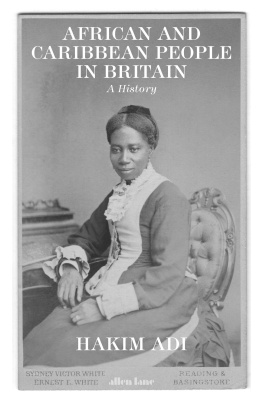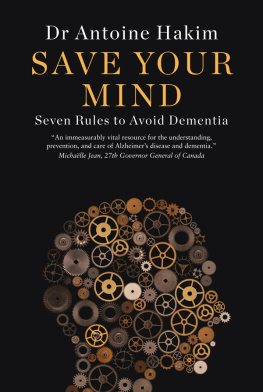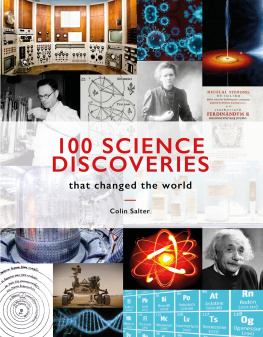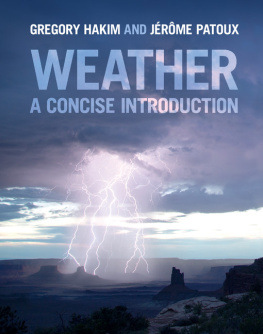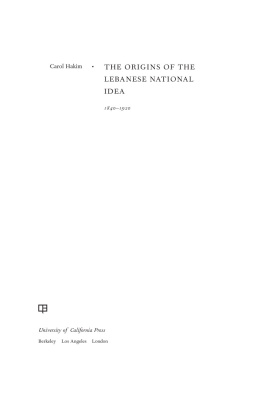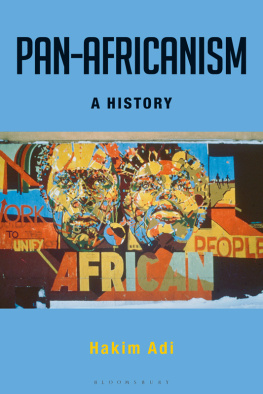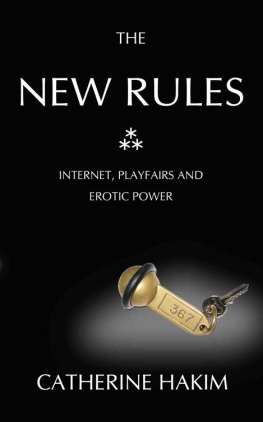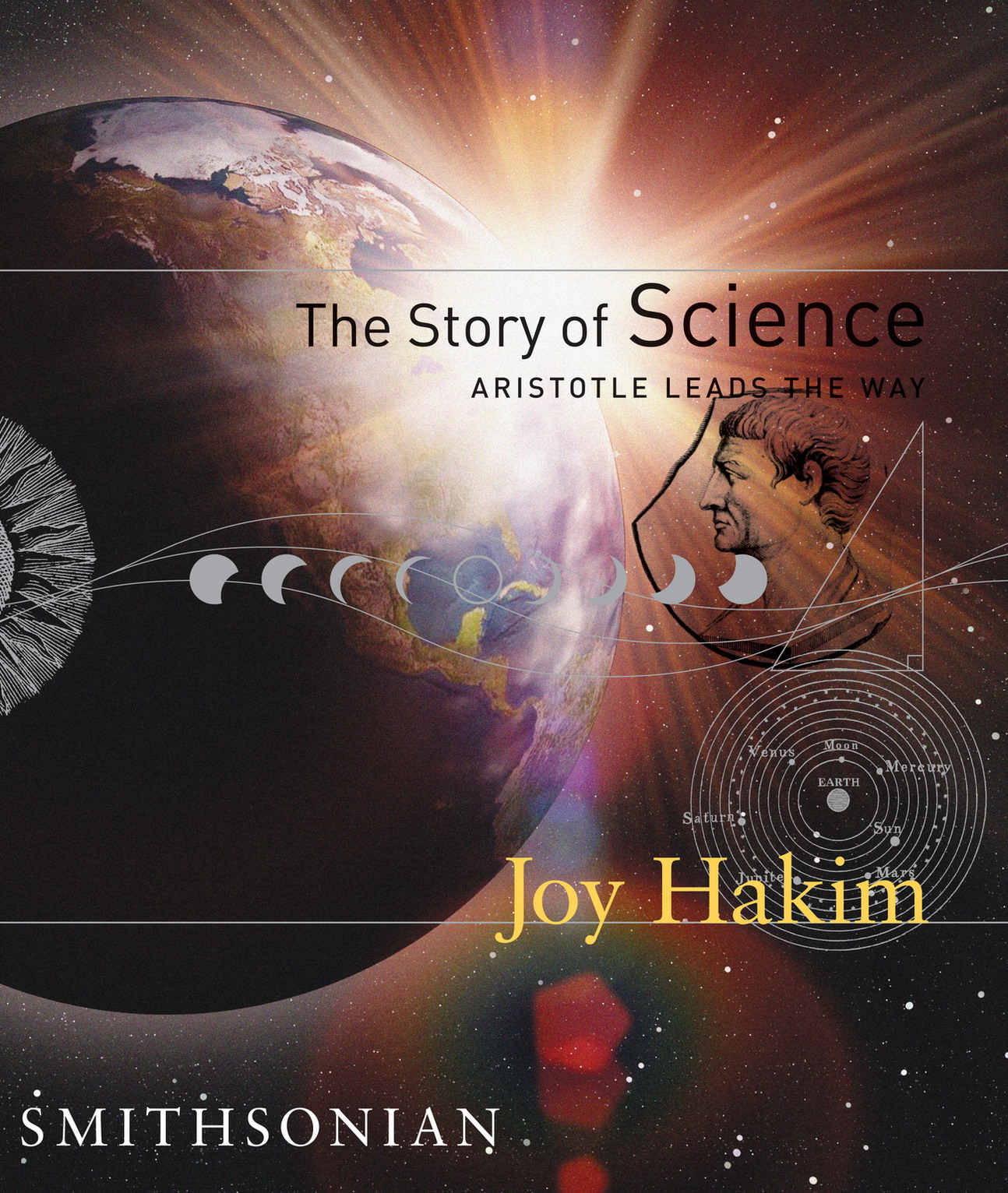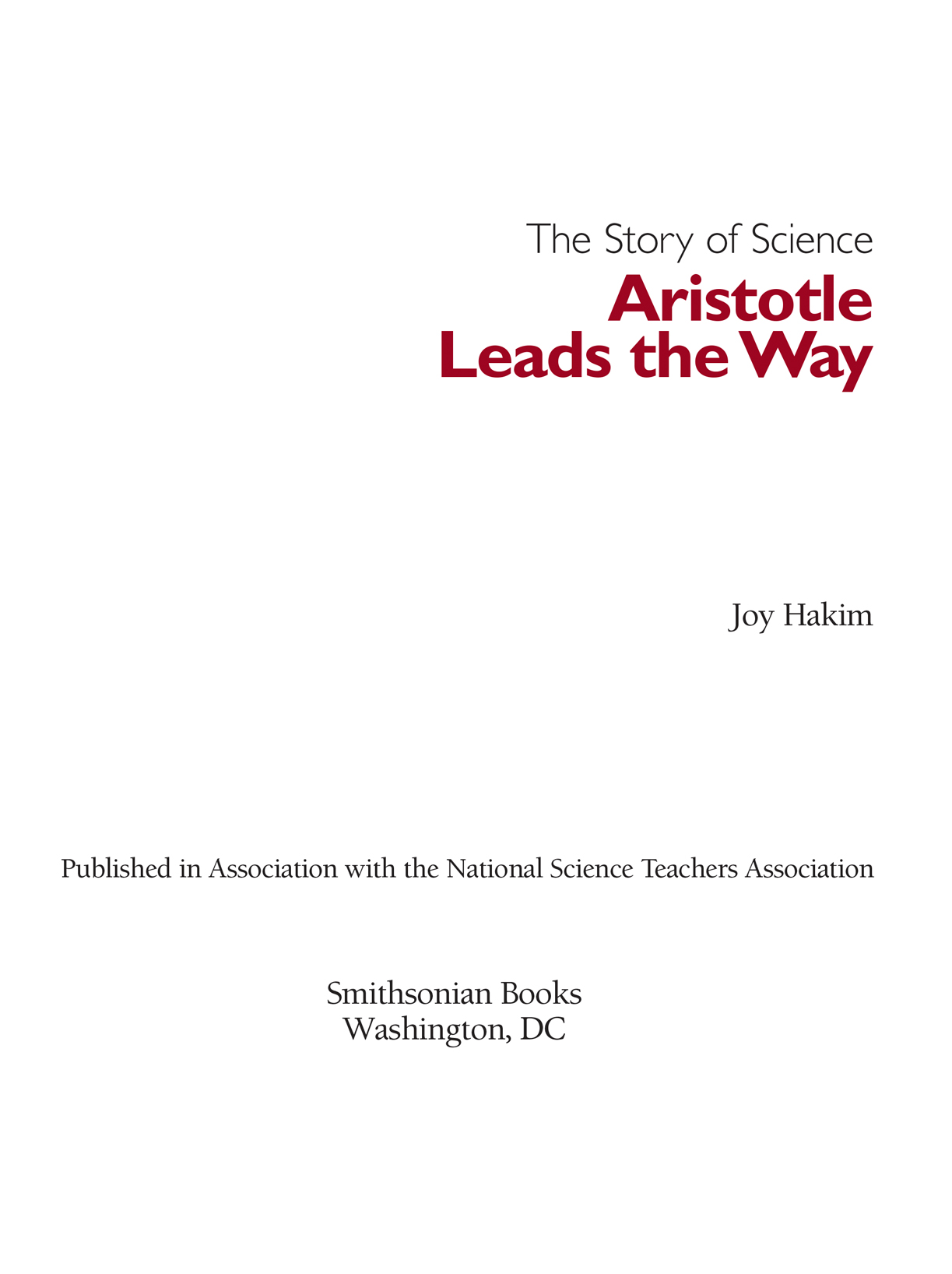For permission to reproduce illustrations appearing in this book, please correspond directly with the owners of the works, as listed in the individual . Smithsonian Books does not retain reproduction rights for these illustrations or maintain a file of addresses for photo sources.
Grateful acknowledgment is made to publishers who have granted permission to quote from their .
A Writers Reasons
The always sets me dreaming, Vincent van Gogh wrote to his brother, Theo. Somehow it consoles me to think of that tormented painter finding repose by looking heavenward. So, in a notebook I keep (dont all writers have them?), I put Vincents words about stargazing right next to those of Huck Finn. Huck says, We had the sky up there, all speckled with stars, and we used to lay on our backs and look up at them, and discuss about whether they was made or only just happened.
Funny thing: the Greeks asked that question, Mark Twain asked it, and were still asking. The big questions dont seem to go away. As to stargazing? Thats how science got started. Where did those stars come from? What are they made of? And where are they going? Those are questions for all of us, not just for the astrophysicists in our midst.
Thats a conviction that led me to write these books. The three books in the series tell the story of physics and chemistry, from ancient Sumer to todays string theory. Which means they deal with the very big (the universe), the very small (), and the in-between as well. It is, I believe, an enthralling tale, and one that is basic to our human heritage.
Im convinced, and I hope to convince you, that science is not just for scientists. In the twentieth century, we compartmentalized knowledge; in the information age, that doesnt make sense. Today, you can be a hermit on a mountain peak and still have access to the worlds learning. For scholarship to be so available, so democratic, is unprecedented in world history. To use that opportunity well, we all need to be generalists first (then we can find specialties). And no field of knowledge is as basic or as creative as science. That ragtag notebook of minecluttered with thoughts from poets, artists, and philosophershas helped me realize that the human quest to understand the universe underlies almost all other creativity. I have more to say on this subject, but books should speak for themselves. Read on and see if I persuade you.
Joy Hakim
Theres More to This Story
N o one writes a book like this without a lot of help. From the beginning, scientists, educators, friends, and my wonderfully supportive family have been enthusiastic and generous with their time. Maybe they sensed that a project like this needed many heads to make it happen. When I asked questions of Hans Christian von Baeyer, he said helping with books intended for a general audience that includes young readers might be one of the most important things he could do. Hans, who is Chancellor Professor of Physics at the College of William & Mary, and whose own books are terrific, welcomed me to his classroom and helped get me started. Neil de Grasse Tyson, the Frederick P. Rose Director of the Hayden Planetarium of the American Museum of Natural History, read the draft manuscript and made a number of useful suggestions. Physicists Rocky Kolb and Chris Quigg read early versions of the manuscript and sent cogent comments. John Hubisz, professor of physics at North Carolina State University and former president of the American Association of Physics Teachers, read much of the manuscript and offered specific and wise thoughts. Roland Otto, head of the Center for Science & Engineering Education at Lawrence Berkeley National Laboratory, read a first draft, made helpful suggestions, found some errors, and informed me. Gerry Wheeler, executive director of the National Science Teachers Association and the author of an excellent physics text, encouraged, read some chapters, and also answered queries. Richard Schwartz, a mathematician who is also an artist, at the Institute for Advanced Study at Princeton University, was exact and clear in answering questions on mathematics and very generous with his time and knowledge. Thanks to David Beacom at the NSTA, Juliana Texley read the manuscript and gave an informed, detailed, and supportive critique. Texley is a master teacher of science and lead reviewer for NSTA Recommends. Tanya Didascalou Waterman, who is a friend as well as a great physics teacher, answered scientific questions and sent thoughts on her native Greek language.
Ruth Wattenberg, editor of American Educator, was one of a host of educators who actively encouraged. An article in that publication, previewing these books, generated an enthusiastic response from teachers. Tom Adams, in the California Department of Education, a visionary educator, was generous with good advice. I am especially grateful to Frederick Seitz, professor and former president of Rockefeller University, and one of Americas most distinguished scientists. His personal encouragement and support has meant a great deal. As president of the Richard Lounsbery Foundation, Dr. Seitz was responsible for a substantial grant that helped bring the books to fruition. Ive also had support and financial assistance from Doug MacIver and the Talent Development Middle School project at Johns Hopkins University. Working with teachers and students in urban classrooms, the JHU writer/educators produced brilliant and innovative teaching materials to coordinate with A History of US. Im thrilled that Maria Garriott and Cora Teter of TDMS are developing teacher/student materials to accompany the science books.
Im constantly awed by the teachers I meet. Again and again, teachers like John Holland in Yorktown Heights, N.Y., have encouraged me in this project. I wish there were room to thank you all, but what a gift we have in so many of you who teach our children.
Students have also read and commented on this manuscript, especially Ben Brown in California, Natalie and Sam Johnson in Colorado, and Madelynn von Baeyer (Hanss daughter) in Virginia.
Id like to think that these books are without errors, but James McPherson (who teaches history at Princeton) once told me that no books dealing with history are errorless. Any that you might find are my responsibility (so let me know, and theyll get corrected in future editions).


